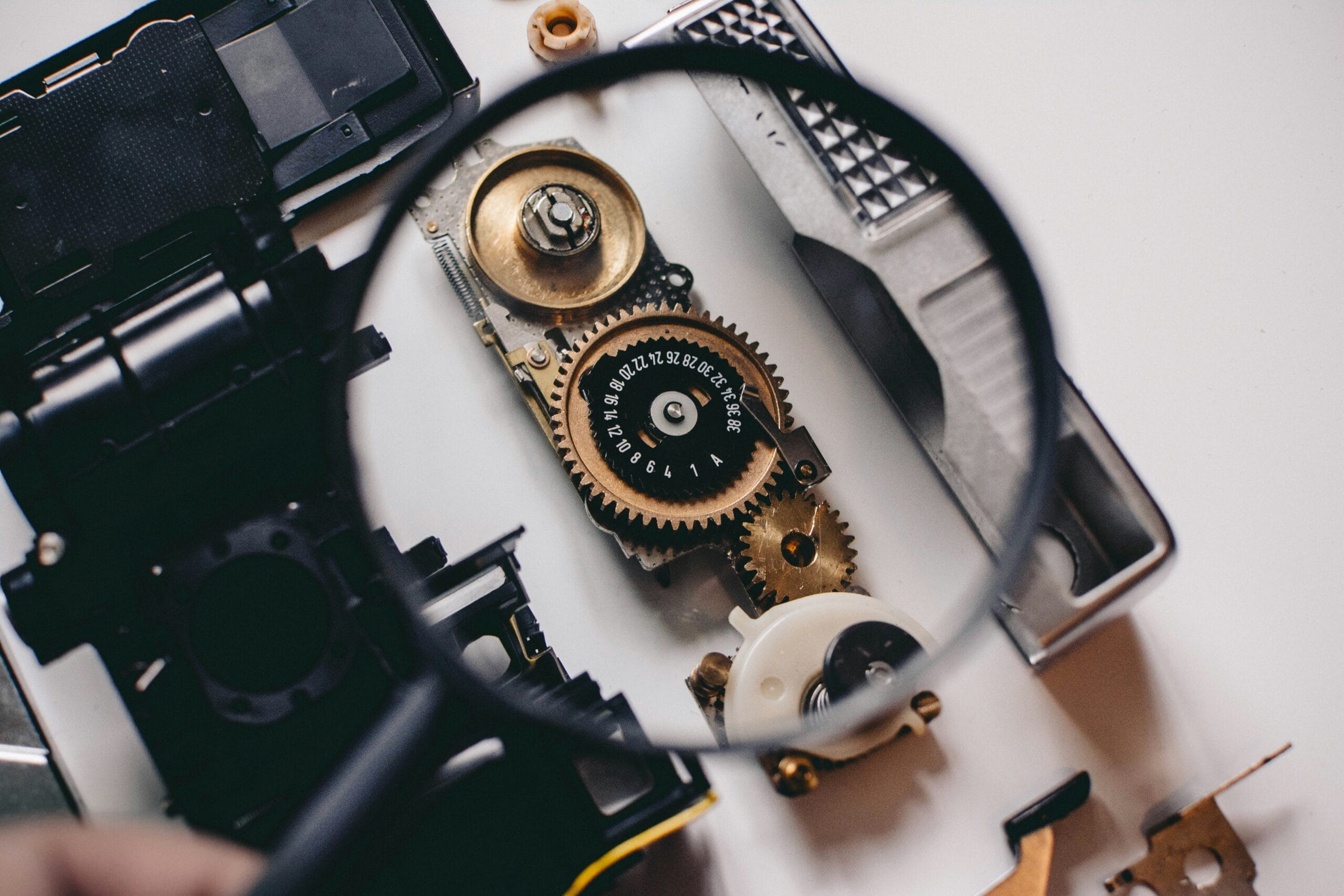The Evolution of the Soccer Ball: From Leather to Smart Technology

The soccer ball is the most emblematic representation of soccer, or for that matter, anything symbolizing something more than an instrument of play, rather part of a very rich history featuring innovation and cultural importance. From humble beginnings as a leather sphere to high-tech designs today, every evolution reflects not only a change in material and technology but also our understanding of the game itself. This story covers how modifications to this ball have affected gameplay, player performance, and fan interaction.
The Leather Soccer Ball-Early Origins
The origin of the soccer ball goes way back, using different forms of inflated animal bladders in one form of soccer play or another. It was in the 19th century, though, that the first regular soccer ball began to materialize. Early balls were made from usually stitched together and filled with a pig’s bladder. These were heavy aside from absorbing water; hence, their performance was affected in wet conditions.
As soccer itself became popular first in England and then everywhere in the world, designers and manufacturers started fine-tuning their work on materials and designs of soccer balls. Rubber bladders, for example, arrived in the late 1800s, which represented a major step forward, providing better properties for air retention and a more even playing experience. Size 5 comes from these early days and has become what modern-day adult play is based around.
The Rise of Synthetic Materials
By the middle of the 20th century, developments in the material science field had made it possible to apply synthetic covers for soccer balls. The following are some of their desirable features relative to leather:
Durability: The synthetic materials used PU and PVC-do did not deteriorate easily as much as leather; thus, they are suitable for everyday use.
Water resistance: It can be said that leather absorbs water, and therefore, gets heavier in terrible weather conditions, while synthetic balls remain the same whatever the weather conditions are.
Consistency: Synthetic materials today offer a more uniform surface texture. In such conditions, control and predictability of play increase.
Artificial soccer balls changed the face of the game. Nike and Adidas began mass-producing high-quality soccer balls, and playing with them became a requirement in professional leagues and throughout casual matches. A great example of such a ball would be the Adidas Tango España which sported the first-ever synthetic cover and made its appearance in the 1982 FIFA World Cup.
The Innovation of Technology
Further improvements in technology in the late 20th and early 21st century led to changes in the design of soccer balls. The manufacturers had incorporated features that were innovative enough with the view of improving performance:
Panel Layout This was an older version of the soccer ball, made up of 32 panels: 20 hexagons and 12 pentagons. It has a truncated icosahedron pattern. More modern versions have less as to cut down seams and improve aerodynamics. A typical example is the six-sided Adidas Brazuca used in the 2014 World Cup.
Smart Technology
The most recent development in soccer balls is the smart technology that enhances training and game analysis. Smart soccer balls are designed to have built-in sensors that may be used to measure speed, spin rate, and trajectory. It’s astounding what that may prove if it hits the shelf of the local sporting goods store.
Nike Soccer Balls
Nike took the incorporation of technology in their products as an art. Its arrow sculpt technology gives a surface that creates lesser drag and possibly more accurate flight paths for kicks.
Adidas Soccer Balls
Advertise also caught on to the innovation by allowing its latest models to feature thermal bonding technology that eliminates seams for a more consistent touch and better water resistance.
Impact on the Gameplay
Such has been the development of the soccer ball, which has dragged along dramatic reasons for its implication on how to play the game: performance of the players, wherein modern soccer balls promise more control and response due to the advances in material science. Players can also make more accurate passing, shooting, and dribbling.
Game Dynamics
Better aerodynamics and design make the ball lighter, and players can kick a lot harder and get balls to travel farther. This has definitely modified the strategies of the game, making teams more aggressive during play.
Youths Development
Understanding different-sized soccer balls is important in understanding youths’ development in soccer. Typically, Size 4 soccer balls are for younger players to develop their skills without getting overwhelmed by the size of the ball.
Conclusion
The soccer ball, therefore, stands as an epitome of evolution from the simple leather balls into a highly advanced smart technology, evidence that innovation can make a difference, not only in athletic performance but also in endearing fans further into the game. Suffice it to say that the humble soccer ball will continue to evolve with our understanding of athletic performance as we look forward to new developments in soccer equipment.
Whether the traditional leather ball or one of the various smart balls that modern science has come up with, it will eventually go into an important page in history related to the sport. Technology is still evolving further, and exciting innovations are sure to make the game of soccer new and exciting for tiny fields and global stages.




